Most people think of spiders as solitary hunters, weaving webs alone in dusty corners and dark crevices. But what if everything we thought we knew about these eight-legged creatures was completely wrong? Recent scientific discoveries are turning our understanding of spider behavior upside down, revealing a hidden world of cooperation, communication, and community that rivals some of the most social animals on Earth. From spiders that share babysitting duties to species that hunt in coordinated packs, the secret social lives of these fascinating arachnids are far more intricate than anyone imagined.
The Myth of the Lonely Spider Gets Shattered
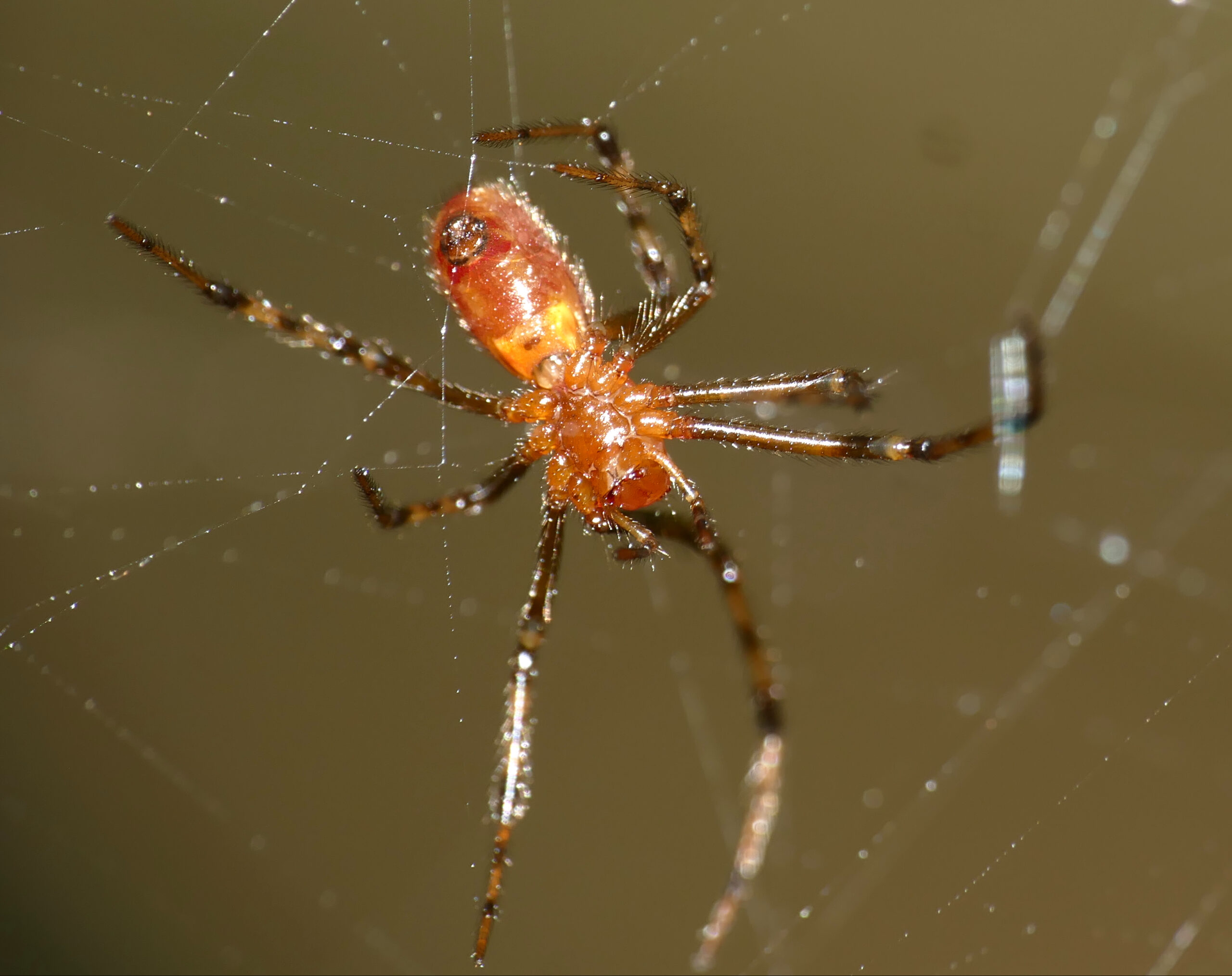
For centuries, spiders have been painted as the ultimate loners of the animal kingdom. This couldn’t be further from the truth. Scientists have now identified over 20 species of truly social spiders that live in colonies, share resources, and work together like tiny eight-legged communities. These discoveries challenge everything we thought we knew about arachnid behavior. The assumption that all spiders are cannibalistic hermits has prevented us from seeing the remarkable social structures that exist right under our noses. Some spider colonies can house thousands of individuals working together in harmony, making even ant colonies look simple by comparison.
Web-Sharing Communities That Put Roommates to Shame

Imagine having to share your home with hundreds of strangers, and somehow making it work perfectly. That’s exactly what some spider species do with their webs. The African social spider Stegodyphus dumicola creates massive communal webs that can stretch across entire trees, housing up to 1,000 individuals. These aren’t just random gatherings – they’re highly organized communities with specific roles and responsibilities. Each spider contributes to web maintenance, prey capture, and even childcare duties. The web becomes like a bustling apartment complex where everyone has a job and the whole system runs smoothly.
Cooperative Hunting Strategies That Would Impress Wolves

While wolves hunt in packs, some spiders have developed hunting strategies that are even more sophisticated. The social huntsman spider coordinates group attacks on prey much larger than any individual could handle alone. They use vibrations through their webs to communicate hunting plans, almost like a tactical military operation. When a large insect gets caught, multiple spiders work together to subdue it, with some acting as anchors while others deliver the killing bite. This level of coordination requires split-second timing and perfect communication between team members.
Spider Babysitting Networks That Rival Human Childcare
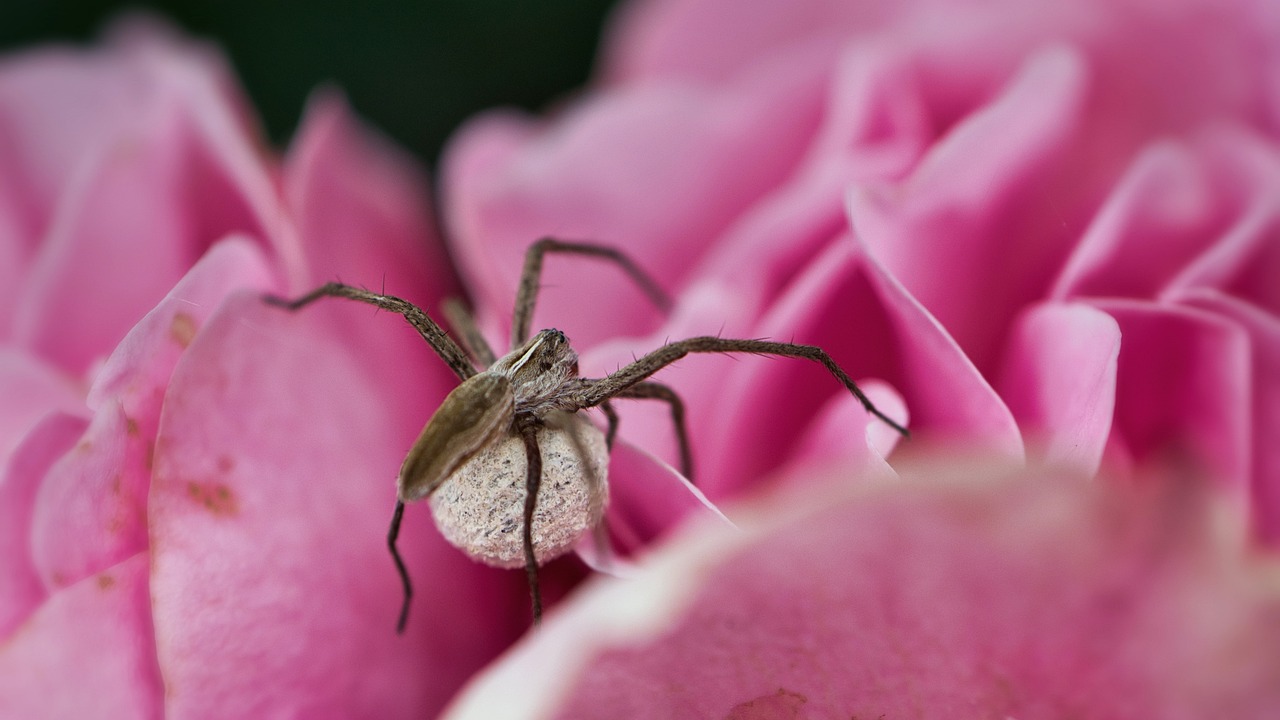
In the spider world, it really does take a village to raise a child. Female social spiders often share parenting duties in ways that would make human parents jealous. When one mother goes hunting, other females in the colony will watch over her eggs and spiderlings. Some species even practice communal nursing, where any female will feed any hungry baby spider, regardless of whether it’s her own offspring. This cooperative breeding system ensures higher survival rates for the young and allows mothers to take breaks from the exhausting job of childcare. The level of trust and cooperation required for this system is remarkable among creatures we usually think of as selfish.
Complex Communication Systems Beyond Our Imagination
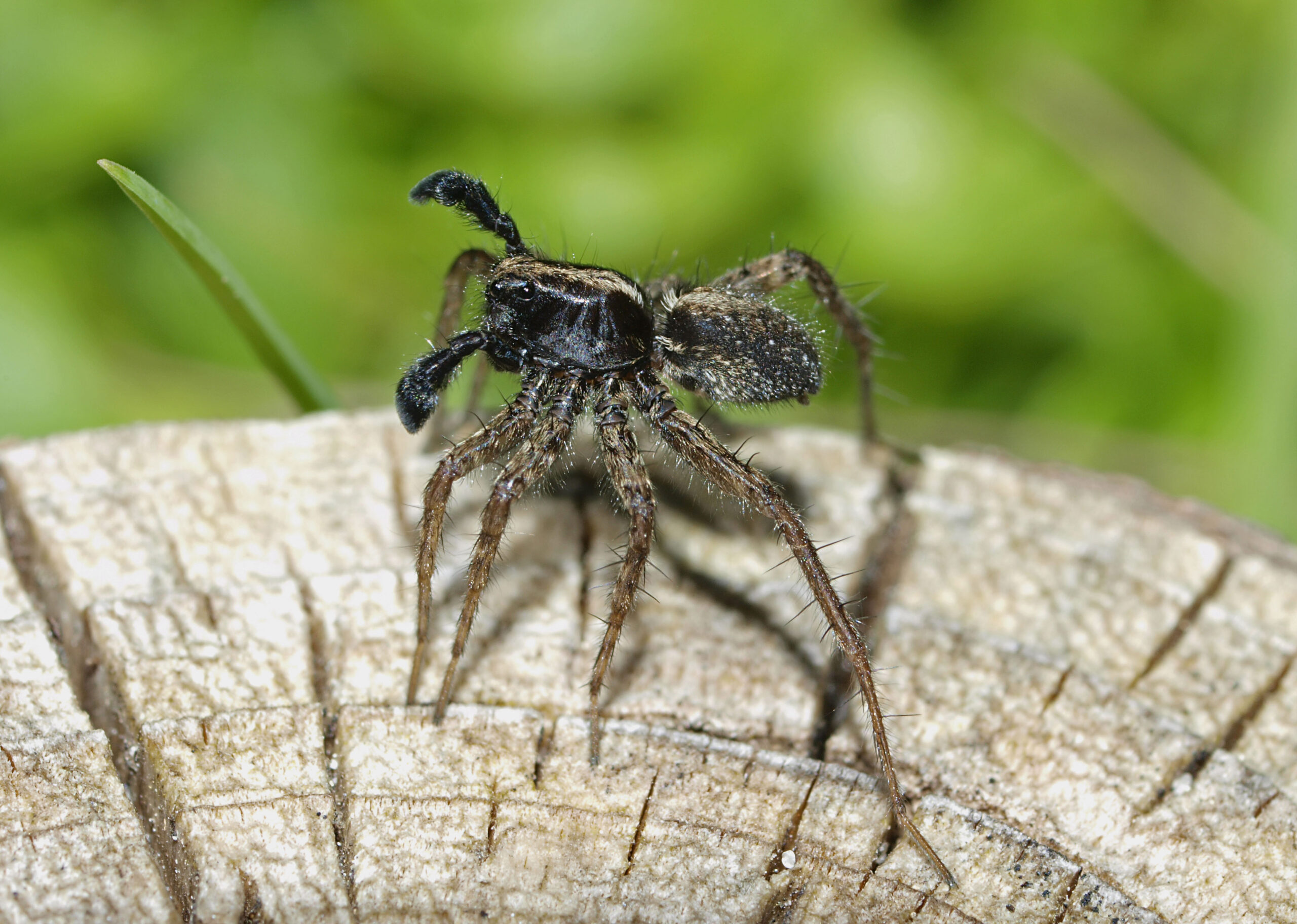
Spiders don’t just rely on vibrations to communicate – they have developed a sophisticated language of touch, chemical signals, and even visual displays. Some species use specific leg-tapping patterns that convey different messages, like Morse code for arachnids. Chemical pheromones left on web strands can tell other spiders about food sources, danger, or mating opportunities. Male jumping spiders perform elaborate dances with colorful displays that rival any peacock’s courtship ritual. These communication methods are so complex that scientists are still decoding many of the messages spiders send to each other daily.
Territorial Disputes and Peacekeeping Forces
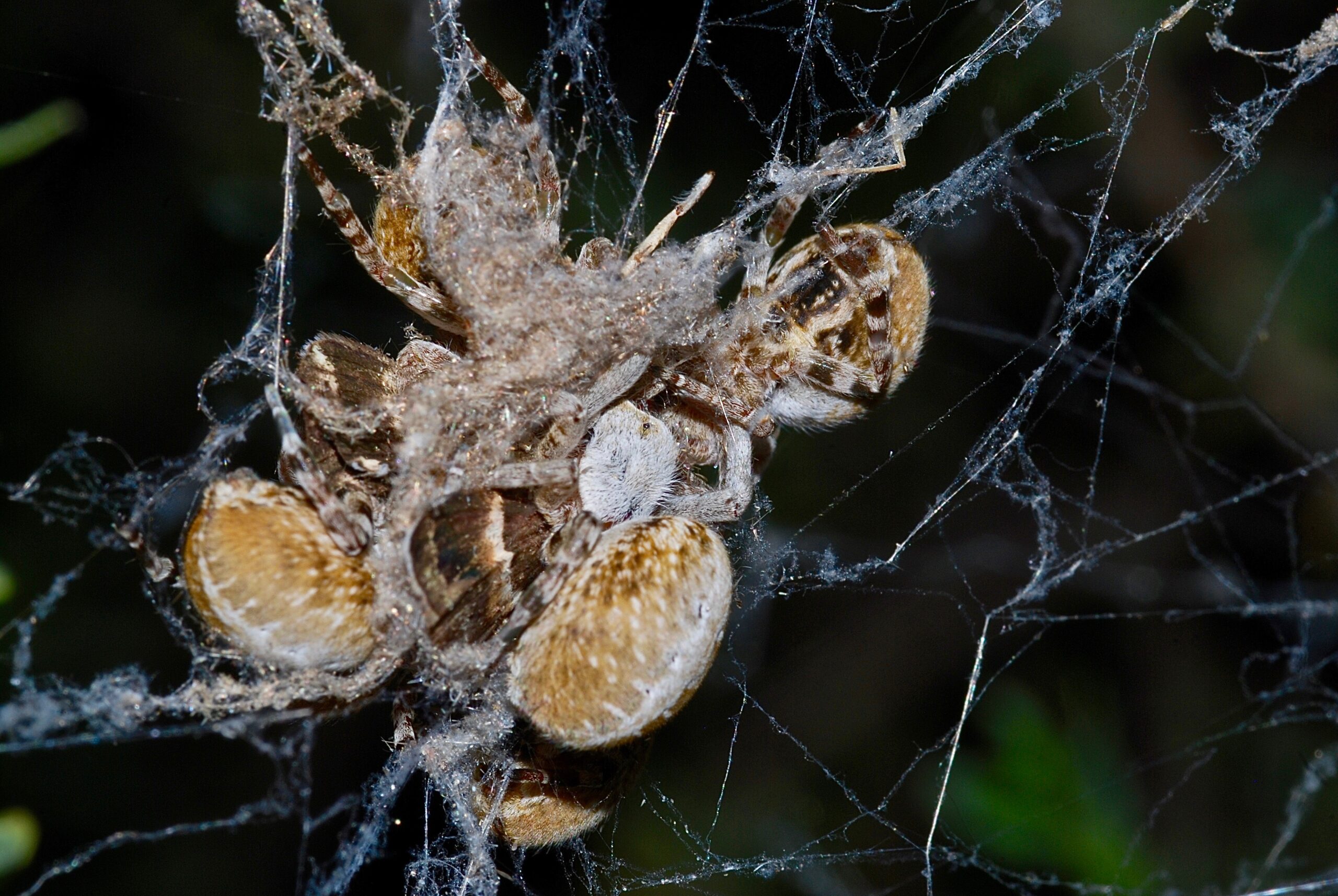
Even in the most cooperative spider societies, conflicts arise, and they’ve developed fascinating ways to resolve them. Some social spider colonies have individuals that act like peacekeepers, intervening when fights break out between community members. These mediator spiders use specific behaviors to calm aggressive individuals and restore harmony to the group. Territorial boundaries within colonies are established and maintained through a combination of chemical marking and physical displays. When resources become scarce, some species hold what can only be described as spider town halls, where the group collectively decides how to allocate limited food supplies.
Seasonal Social Behaviors That Change With the Weather

Spider social behavior isn’t static – it changes dramatically with the seasons, showing remarkable adaptability. During harsh winters, normally solitary species may huddle together for warmth and protection. Spring brings mating seasons where elaborate social rituals unfold, with complex courtship ceremonies that can last for hours. Summer colonies often split into smaller groups as resources become abundant, allowing for more personal space. These seasonal changes demonstrate that spider social behavior is far more flexible and intelligent than we previously understood.
The Shocking Truth About Spider Altruism

Perhaps most surprising of all is the discovery of truly altruistic behavior in spiders. Some individuals will sacrifice their own lives to protect their colony from predators, throwing themselves at attackers to buy time for others to escape. Older female spiders in some species will even offer themselves as food to younger members during times of starvation. This level of self-sacrifice was thought to be unique to highly evolved social animals like humans and dolphins. The fact that creatures with brains smaller than pinheads can exhibit such complex moral behavior challenges our understanding of consciousness and empathy in the animal kingdom.
Multi-Generational Colonies That Span Decades
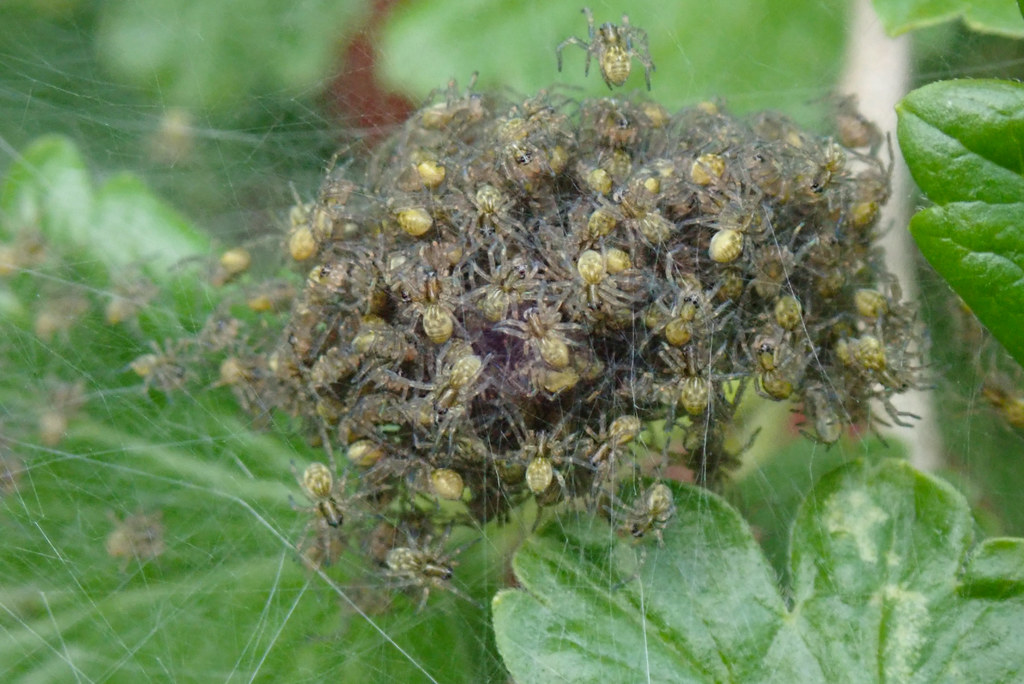
Some spider societies are so stable that they persist for multiple generations, with grandchildren living alongside grandparents in the same colony. These multi-generational communities develop rich traditions and learned behaviors that get passed down through the generations. Older spiders teach younger ones the best hunting techniques, web construction methods, and predator avoidance strategies. The accumulated knowledge of these colonies becomes incredibly sophisticated over time, with each generation building on the discoveries of the previous one. It’s like having a spider university where knowledge is constantly being shared and improved upon.
Resource Management That Would Impress Any CEO
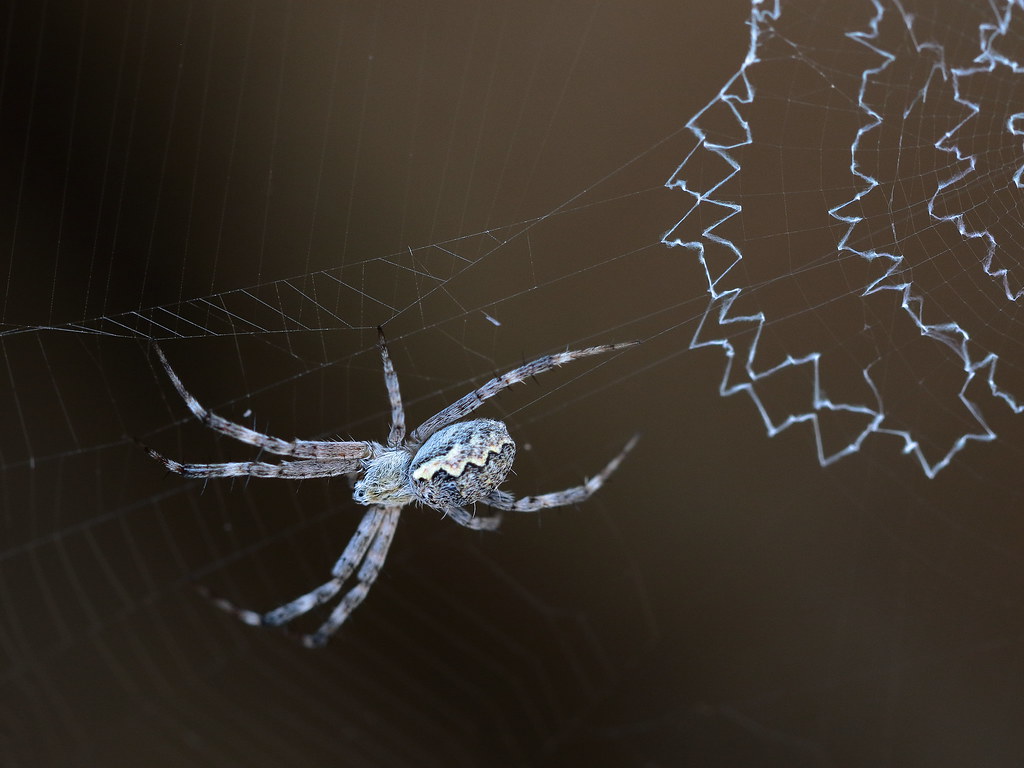
Social spider colonies manage their resources with an efficiency that puts most human organizations to shame. They maintain food storage areas where excess prey is kept for lean times, with designated individuals responsible for inventory management. Some species even practice sustainable hunting, deliberately leaving certain areas unexploited to allow prey populations to recover. The division of labor in these colonies is so specialized that some individuals never hunt at all, focusing entirely on web maintenance or childcare. This level of economic organization requires incredible coordination and long-term planning abilities.
Defense Strategies That Rival Military Tactics
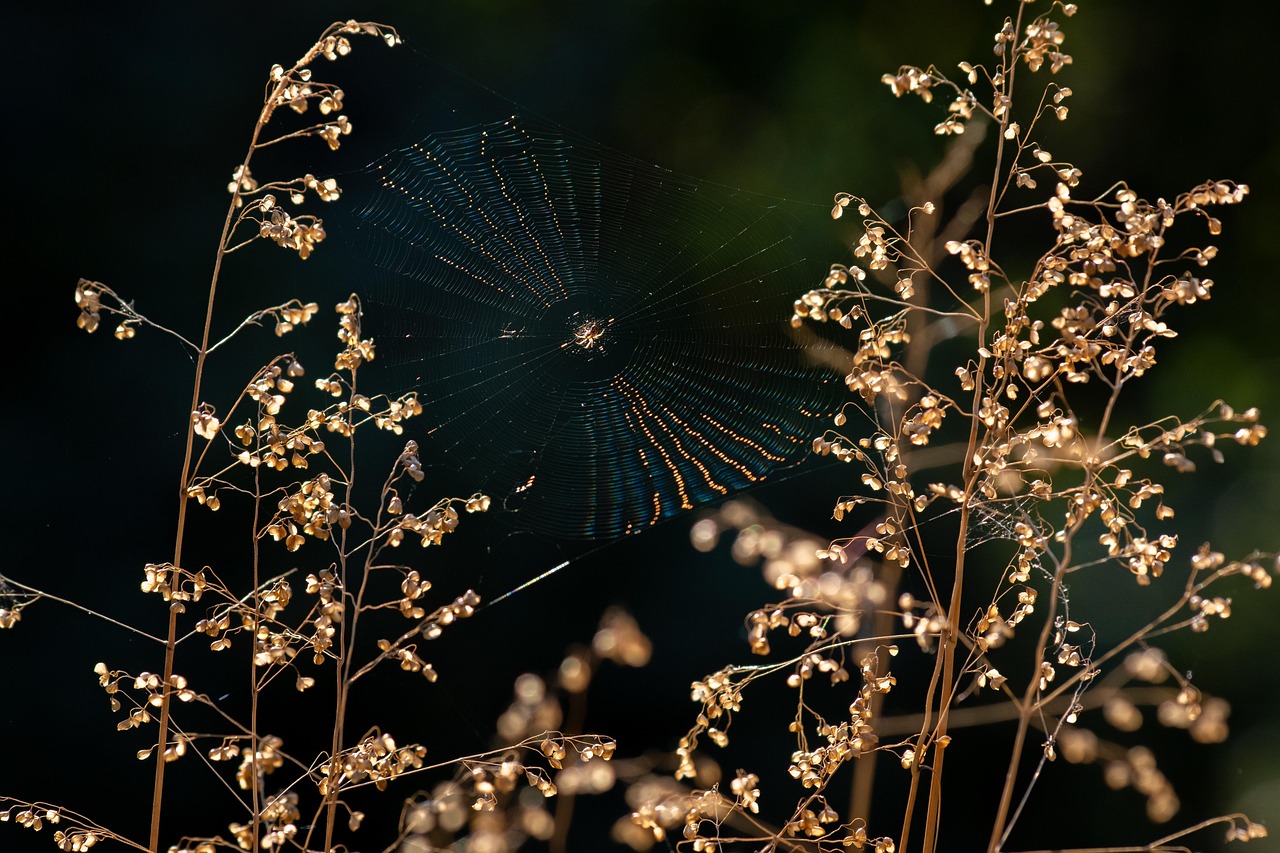
When threatened, social spider colonies can mobilize defense strategies that would make any general proud. Some species create decoy areas in their webs to confuse predators, while others post sentries at strategic locations to watch for danger. When an attack occurs, the entire colony can respond within seconds, with some spiders creating diversions while others protect the young and vulnerable. Certain species even practice coordinated counterattacks, where dozens of spiders simultaneously charge at predators to overwhelm them. These defense systems require incredible communication and coordination to execute successfully.
Problem-Solving Abilities That Challenge AI Researchers
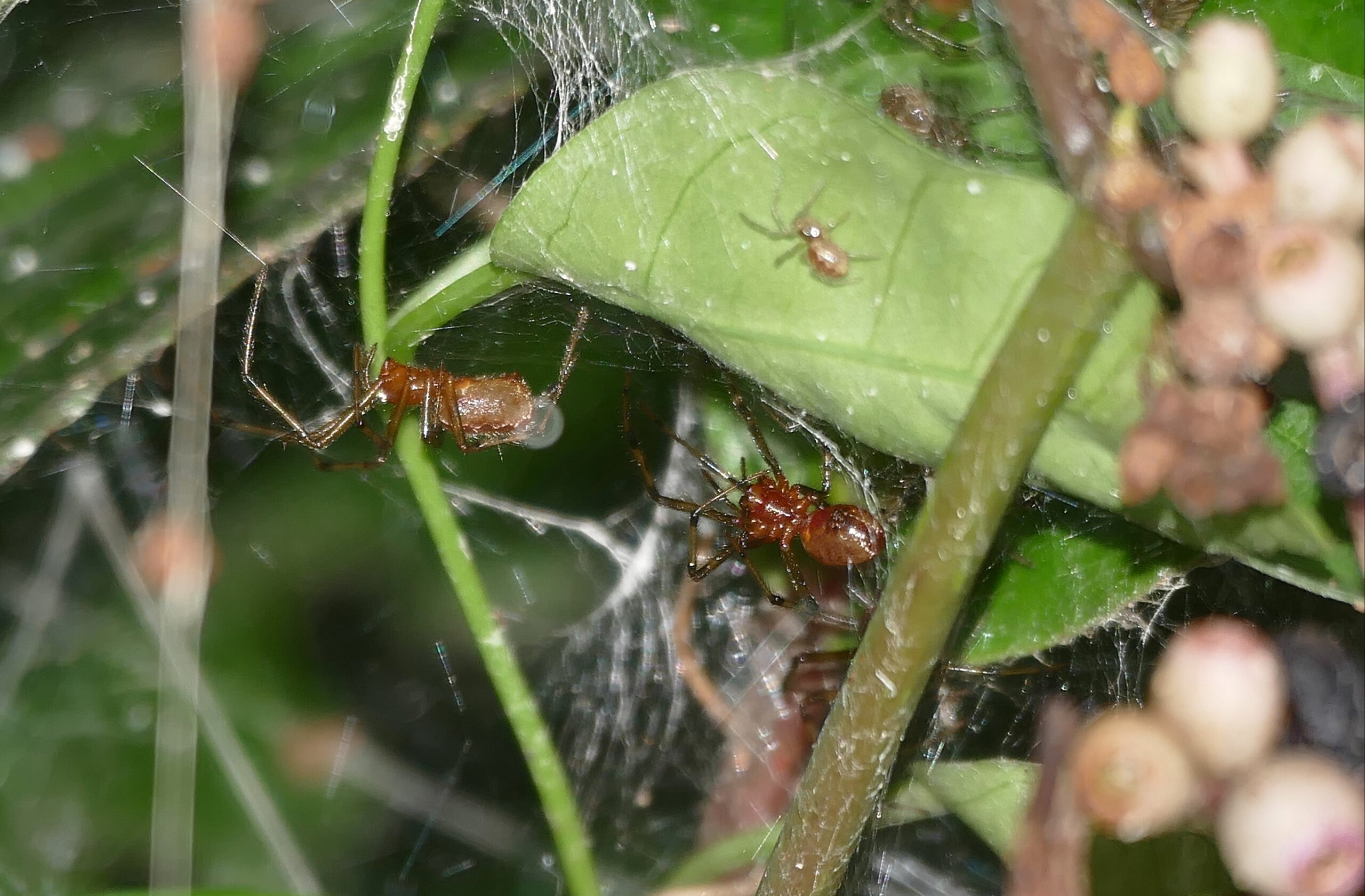
Recent studies have shown that social spiders can solve complex problems that stump individual spiders completely. When faced with unusual prey or novel challenges, spider colonies engage in what can only be described as collective brainstorming. Different individuals try various approaches, and successful strategies quickly spread throughout the group. Some colonies have been observed modifying their web architecture in response to environmental changes, showing remarkable adaptability and innovation. The collective intelligence of these spider societies often produces solutions that no single spider could achieve alone, demonstrating the power of group thinking in the animal kingdom.
The Hidden Emotional Lives of Social Spiders

Perhaps most shocking of all is emerging evidence that social spiders may experience emotions in ways we never imagined. Researchers have observed behaviors that suggest grief when colony members die, with some spiders appearing to mourn lost companions. Play behavior has been documented in young social spiders, indicating they may experience something akin to joy or fun. Some individuals show clear preferences for certain companions, forming what appear to be friendships within the colony. The possibility that these tiny creatures have rich emotional lives forces us to reconsider what it means to be conscious and feeling in the animal world.
The Future of Spider Society Research
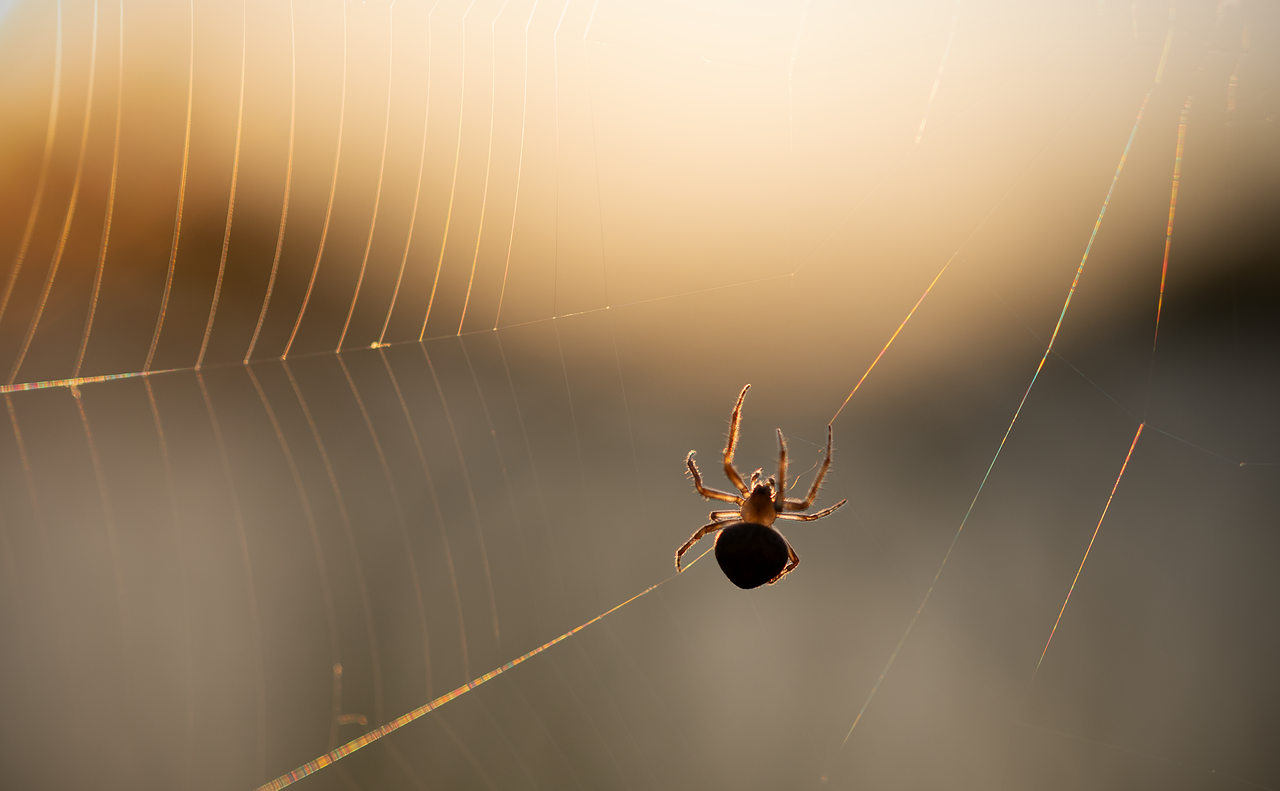
Scientists are only beginning to scratch the surface of spider social behavior, and new discoveries are being made constantly. Advanced imaging technology is revealing previously invisible communication methods, while genetic studies are uncovering the evolutionary origins of spider cooperation. Some researchers believe that studying spider societies could provide insights into human social behavior and even help develop better artificial intelligence systems. The more we learn about these remarkable creatures, the more we realize how much we still don’t know about the complex social lives happening in webs all around us.
Conclusion
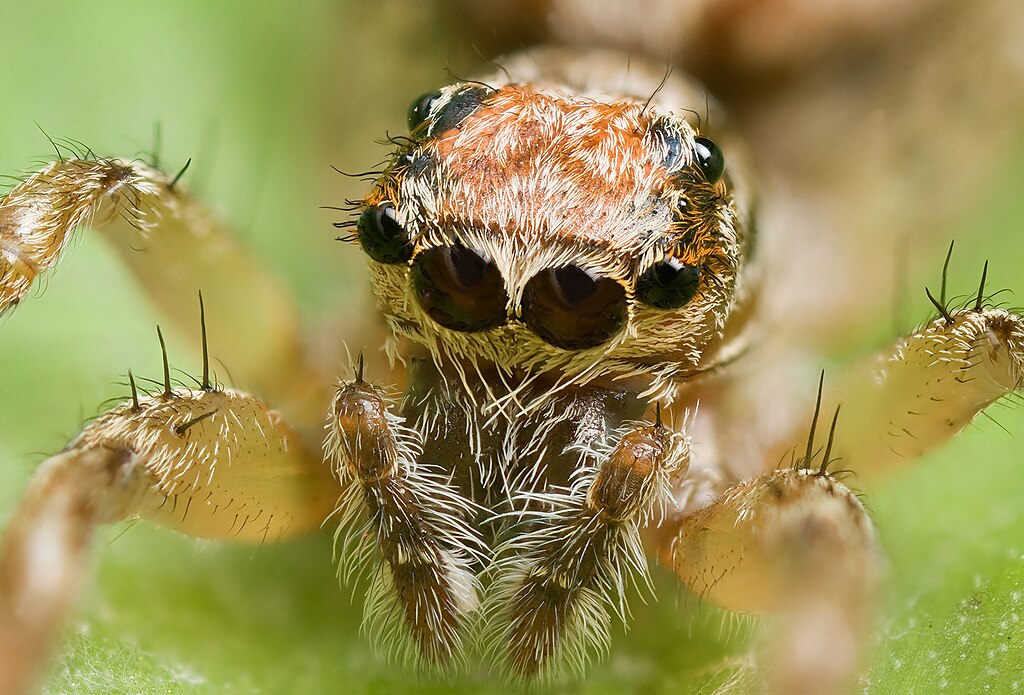
The next time you see a spider in the corner of your room, remember that it might be part of a social network more complex than your own Facebook feed. These eight-legged architects of cooperation have been quietly revolutionizing what it means to be social, right under our noses. From babysitting cooperatives to military-style defense strategies, spiders have mastered the art of living together in ways that continue to amaze scientists. Their hidden social lives remind us that intelligence and cooperation can evolve in the most unexpected places, challenging our assumptions about consciousness, community, and what it truly means to be social creatures. What other secrets might these remarkable arachnids be keeping from us?

